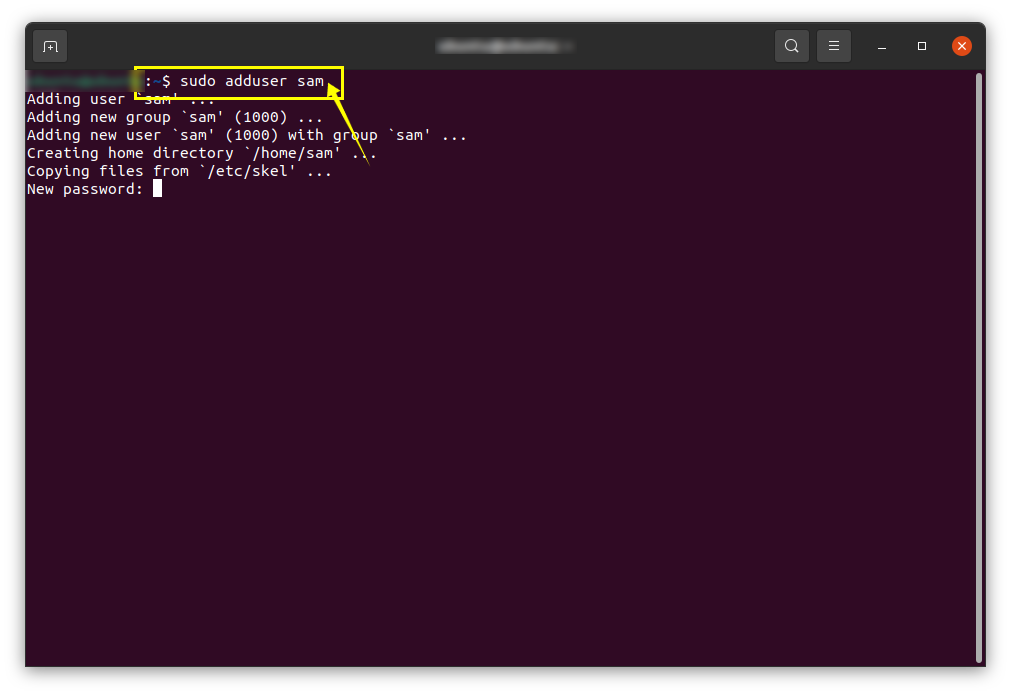
x indicates that shadow passwords are being used and can be found at /etc/gshadow.In case you are wondering about the meaning of the output, here's what that means: Similarly, if you want to find a specific group, you can use the grep command to filter the output: cat /etc/group | grep sudo So you can read the contents of that file and easily list the groups: cat /etc/group The /etc/group file contains all the necessary information about the local group. How about listing all the available groups? That can be done too.
Ubuntu list users how to#
You just learned how to see which groups a user belongs to. You can get the primary group of a user using the command: id -gn user_name List all the groups in Ubuntu I could have used both users in single command as well. If you want to find out the groups to which the specific user belongs, all you have to do is append the username to the groups command: groups usernameįor your reference, here, I checked the groups where the user root and sagar belong: groups root

Yep, all you have to do is execute the groups command! List groups of the other users To list the groups of the current user, all you have to do is execute a single command without any additional flags: groups Here are various scenarios for listing user groups in Ubuntu. How do you know which group a user belongs to? Let me show you that. For example, in Ubuntu, only members of the sudo groups can run commands with sudo. It is used to grant specific permissions to users. Secondary group: Also known as a supplementary group.Usually, the primary group has the same name as the user. If the user creates a file, the primary group takes the group ownership. Primary group: Also known as the login or default group.

This is why the groups are divided into the following two categories: Linux, from its core, is built to have multiple users.Īnd separating users into different groups is pretty convenient for managing permissions.Ī user can be a member of more than one group.


 0 kommentar(er)
0 kommentar(er)
